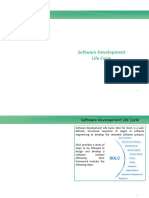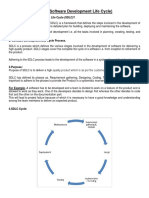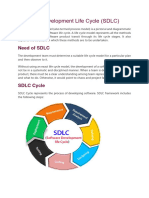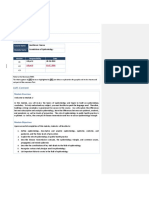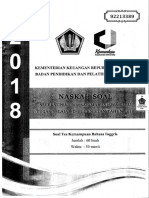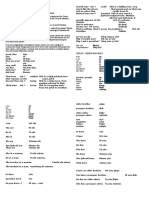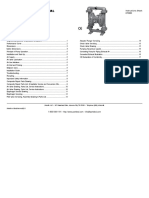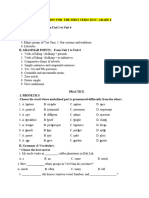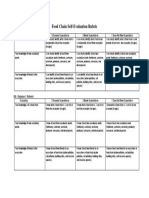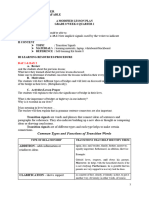0% found this document useful (0 votes)
6 views26 pagesDevops Unit - 1
The document provides an overview of the Software Development Life Cycle (SDLC), detailing its stages from planning and requirement analysis to maintenance, and introduces the Waterfall model along with its advantages and disadvantages. It also discusses Agile development methodologies, emphasizing the importance of DevOps in enhancing collaboration between development and operations teams to improve efficiency and reduce errors. Additionally, it touches on the ITIL framework, which aids IT professionals in delivering optimal services through best practices.
Uploaded by
Ummineni rajasriCopyright
© © All Rights Reserved
We take content rights seriously. If you suspect this is your content, claim it here.
Available Formats
Download as DOCX, PDF, TXT or read online on Scribd
0% found this document useful (0 votes)
6 views26 pagesDevops Unit - 1
The document provides an overview of the Software Development Life Cycle (SDLC), detailing its stages from planning and requirement analysis to maintenance, and introduces the Waterfall model along with its advantages and disadvantages. It also discusses Agile development methodologies, emphasizing the importance of DevOps in enhancing collaboration between development and operations teams to improve efficiency and reduce errors. Additionally, it touches on the ITIL framework, which aids IT professionals in delivering optimal services through best practices.
Uploaded by
Ummineni rajasriCopyright
© © All Rights Reserved
We take content rights seriously. If you suspect this is your content, claim it here.
Available Formats
Download as DOCX, PDF, TXT or read online on Scribd
/ 26














